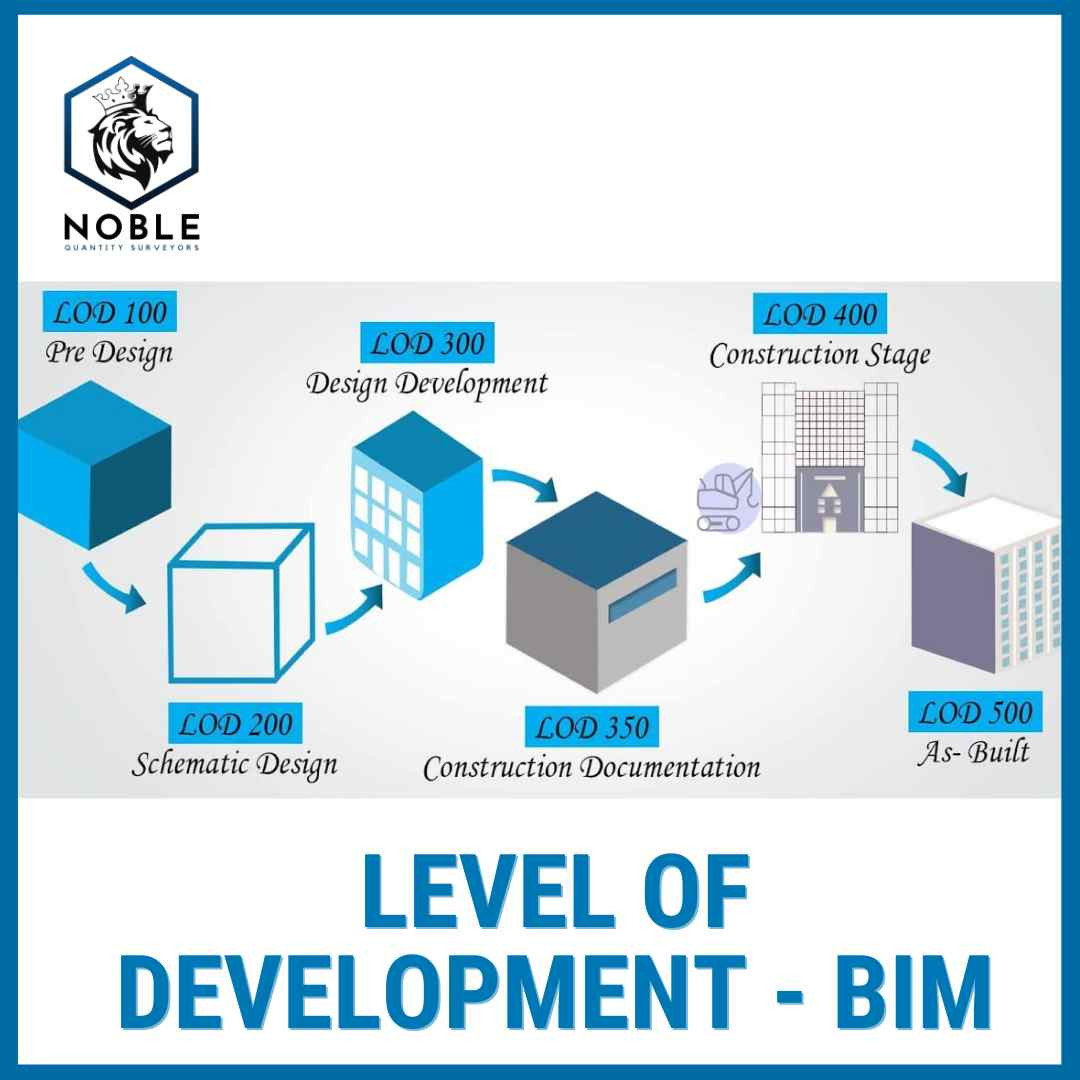
Understanding Levels of Development in Building Information Modeling (BIM)
Building Information Modeling (BIM) is more than just a 3D design tool—it is a comprehensive process that enhances the planning, design, construction, and management of buildings and infrastructure. An essential aspect of BIM is its Levels of Development (LOD), which define the complexity and detail of the model at various stages of a project.
LOD stands for Level of Development. As projects progress from concept through design to construction, the LOD specifies the degree of detail in the 3D models. This system helps all parties involved understand the accuracy and content of BIM elements at different stages.
LOD 100 - Conceptual Design - At this stage, the model represents basic massing studies or conceptual design. The elements are portrayed with approximate dimensions, often used for project visualization and early stage discussions.
LOD 200 - Design Development - As the project moves to the design development phase, the model elements are more defined, providing general information on size, location, and quantities. This level is used for early performance analysis and feasibility studies.
LOD 300 - Detailed Documentation - By this level, the BIM elements are accurately modeled as per the approved design documents. LOD 300 includes precise quantities, sizes, shapes, locations, and orientations of elements. It is suitable for integration with other building systems, detailed cost estimation, and clash detection.
LOD 400 - Fabrication & Assembly - Here, elements are modeled with all details necessary for fabrication and assembly. This level is often used by manufacturers and contractors to produce and assemble components.
LOD 500 - As-Built Models - This represents elements as they were constructed and is equivalent to as-built drawings. It includes all design and construction changes, serving as a comprehensive reference for operations and maintenance.
LOD plays a crucial role in managing expectations and aligning the contributions of diverse teams to a BIM project. By defining the detail level of model elements at different stages, LOD ensures that all project stakeholders—from architects and engineers to contractors and facility managers—are on the same page, thus avoiding discrepancies and minimizing conflicts.
BIM’s LOD framework is important for successful project execution, enabling efficient collaboration and information management throughout the project lifecycle. Understanding and implementing LOD correctly can lead to improved project outcomes, cost savings, and timely project delivery. As BIM continues to evolve, the adherence to LOD standards will be crucial for the future of construction project management.



0 comments